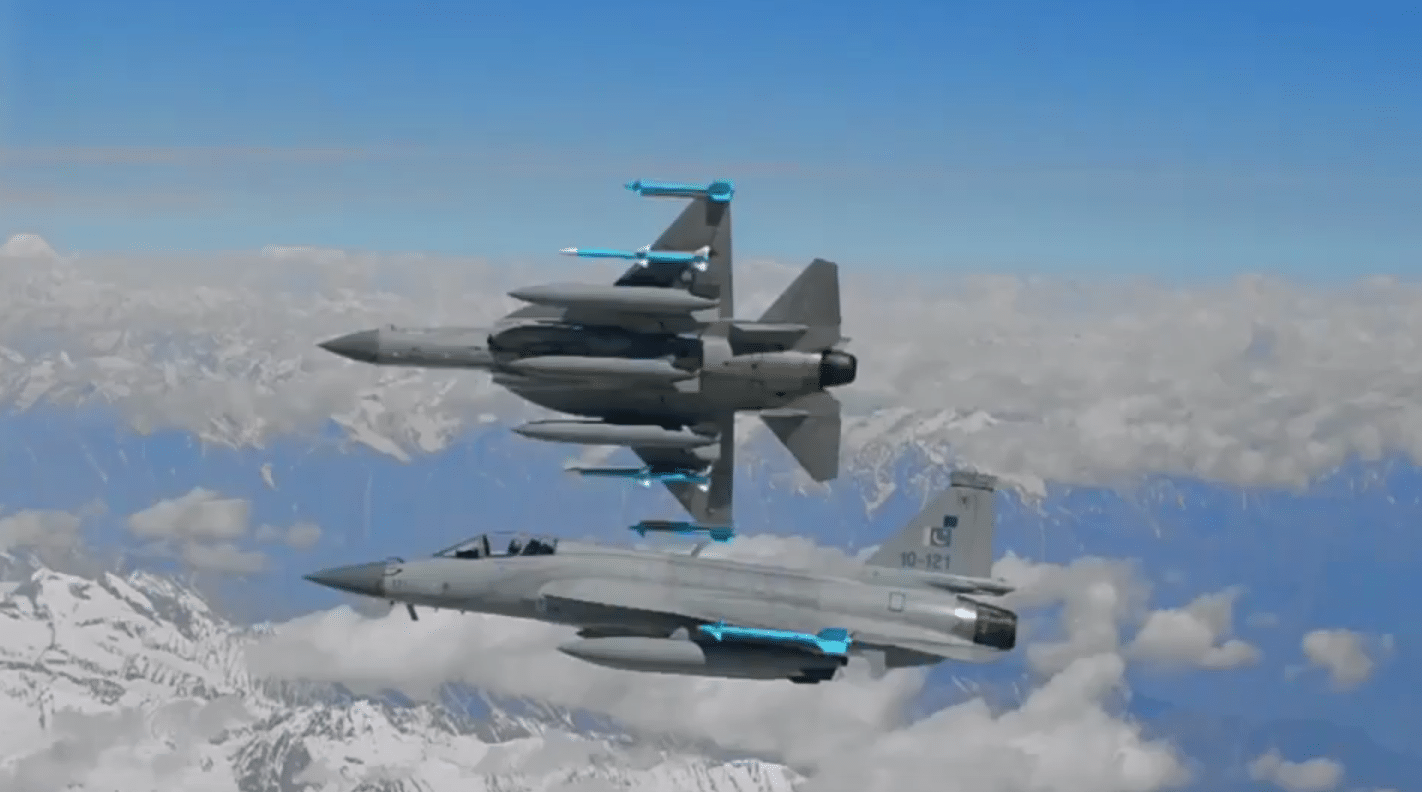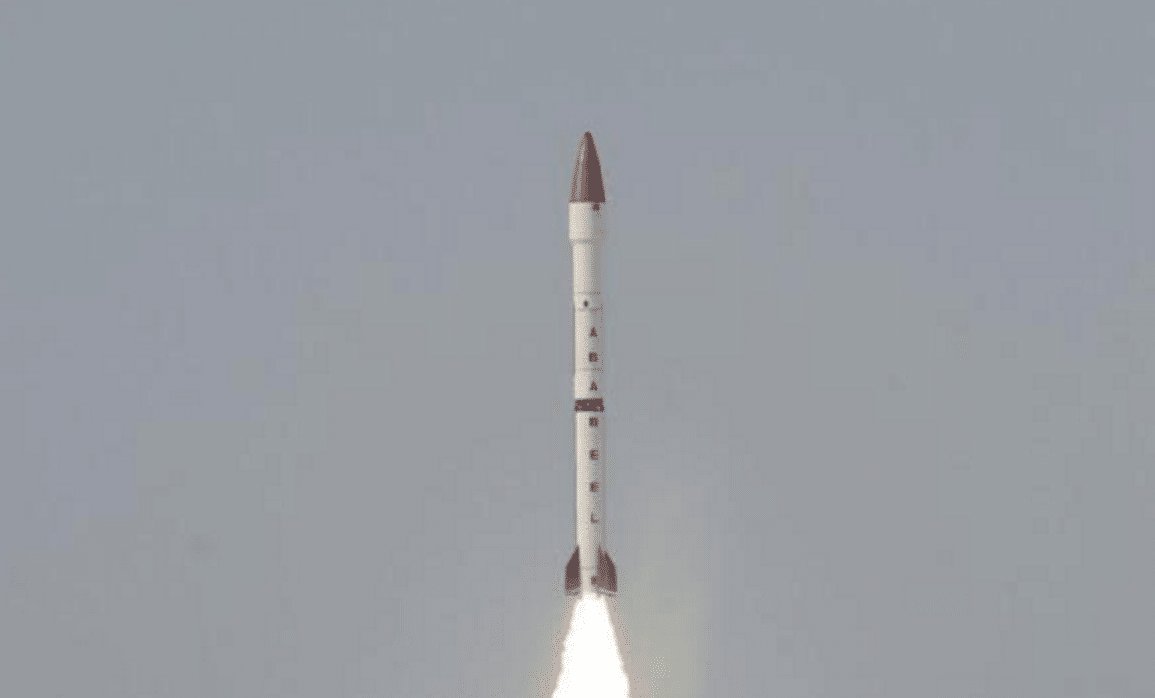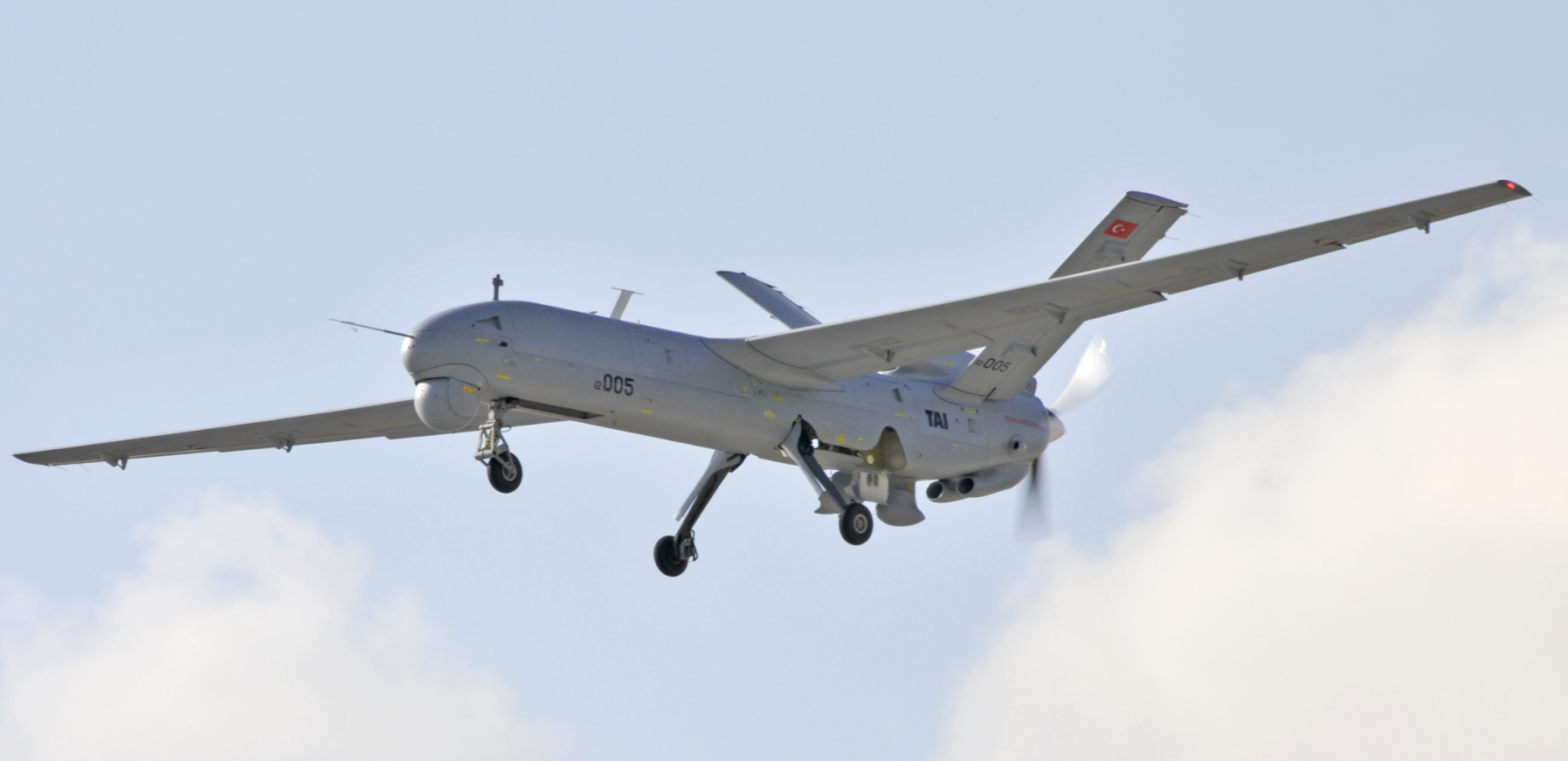46Views 29Comments

Pakistan Air Force Chief sets expectations for near and long-term force goals
In an interview with Pakistan’s state-owned national television network, PTV, the Pakistan Air Force (PAF) Chief of Air Staff (CAS) Air Chief Marshal (ACM) Sohail Aman outlined the PAF’s near and long-term force modernization objectives. (Note: the interview is in Urdu)
Currently, the PAF is phasing out 190 legacy Chengdu F-7P and Dassault Mirage III/5 combat aircraft from its fleet (more than 50 have already been retired). With the aim to supplant these fighters by 2020, ACM Sohail Aman stated that the JF-17 Thunder, which is co-produced by Pakistan Aeronautical Complex (PAC) and Chengdu Aerospace Corporation (CAC), is at the center of these procurement efforts. ACM Aman added that the forthcoming JF-17 Block-III, the Thunder’s first majorly upgraded variant, is projected to enter production in 2019-2020.
With the PAF “very satisfied” with the JF-17, ACM Aman indicated that the Thunder will receive most of the PAF’s investment. Bringing the JF-17 to complete maturity (via the Block-III) is a priority. However, ACM Aman added that the PAF is still engaged with the U.S. about procuring additional F-16s.
The proposed purchase of eight new-built F-16C/D Block-52+ in 2016 fell through as a consequence of the U.S. Congress’ refusal to release Foreign Military Financing support to partly subsidize the deal. However, the PAF is in talks with the U.S. for those (eight) and additional aircraft.
ACM Aman mentioned efforts towards procuring a new off-the-shelf fighter. He stated that the PAF is in talks with several countries in regards to 5th-generation fighter aircraft. These talks are in the advanced stages and will be sought to “plug in” gaps. Interestingly, ACM Aman mentioned this project separately from indigenous efforts, which he said will require PAC to develop a next-generation fighter as well as its internal subsystems, such as its avionics.
The domestic development and manufacturing of a next-generation fighter is a long-term goal. Next month, Kamra Aviation City will enrol its first cohort of post-graduate engineering students, who will study disciplines directly relevant to aircraft manufacturing. Kamra Aviation City’s institutes will closely work with the aviation industry. ACM Aman emphasized the need for the PAF – and the country as a whole – to become as independent as possible in sourcing technology.
ACM Aman also confirmed that the two heavily damaged Saab 2000-based Erieye airborne early warning and control (AEW&C) aircraft were domestically repaired. He stated that the price quoted by the original equipment manufacturer (OEM) was U.S. $287 million, but the work was domestically undertaken for a much lower cost – $25 million.
Notes & Comments:
It appears that F-16s are still on the PAF’s roadmap. This is not surprising considering the infrastructure to operate these aircraft, especially the Block-15 and Block-52+, are already in place. For the PAF, these aircraft would provide the lowest acquisition and operational costs in comparison to other Western multi-role fighters. However, the focus appears to be on bringing the JF-17 Block-III to fruition and having the Thunder continue its trajectory in forming the mainstay of the PAF fighter fleet in the near-term.
ACM Aman’s comments about procuring a 5th-generation off-the-shelf fighter are unclear. On the surface, this interview alludes that there are two 5th-generation fighter initiatives; a near-term project to procure an aircraft off-the-shelf, and a long-term program to develop and manufacture a fighter at PAC. In 2016, ACM Aman clearly stated that the PAF would develop a next-generation fighter, one that could encompass attributes not found on existing 5th-generation fighters. On the other hand, the two need not be mutually exclusive; a near-term procurement could evolve into domestic manufacturing under license.
Besides the Chengdu J-20, the remainder of plausible off-the-shelf next-generation fighters are in various stages of development. The Shenyang FC-31 has reached its second prototype stage, while the Turkish TFX and Korean KFX are in the preliminary design stages. One of these could be sought for procurement in the mid-to-late 2020s, by which time many of the PAF’s F-16A/B Block-15 MLUs will touch the end of their 8,000 hour lifespans.


